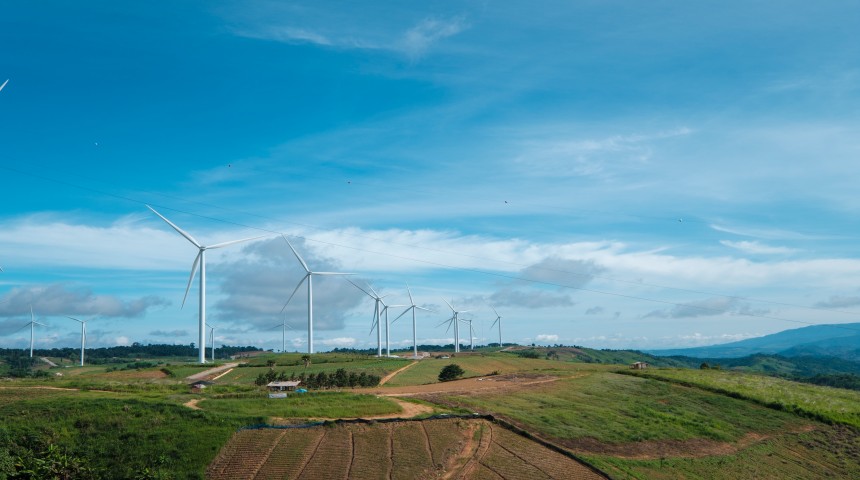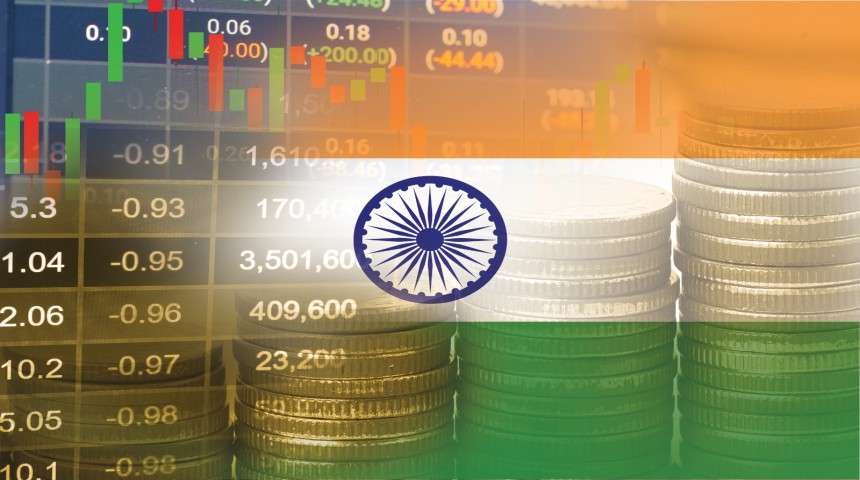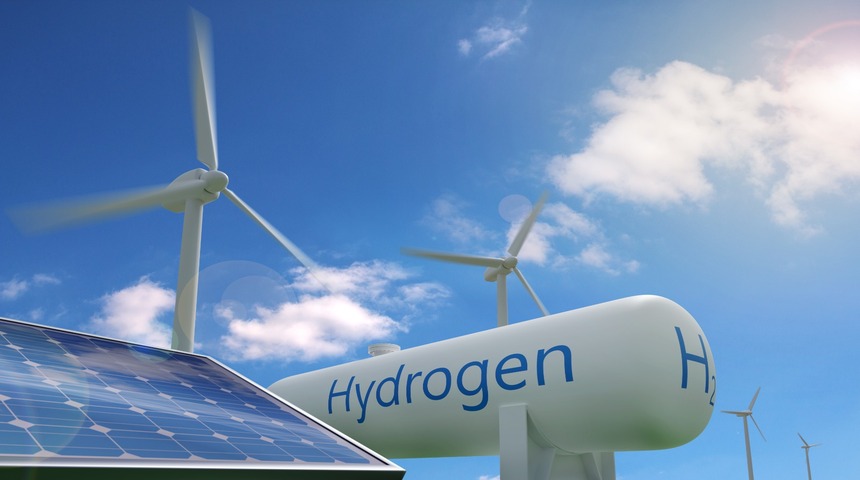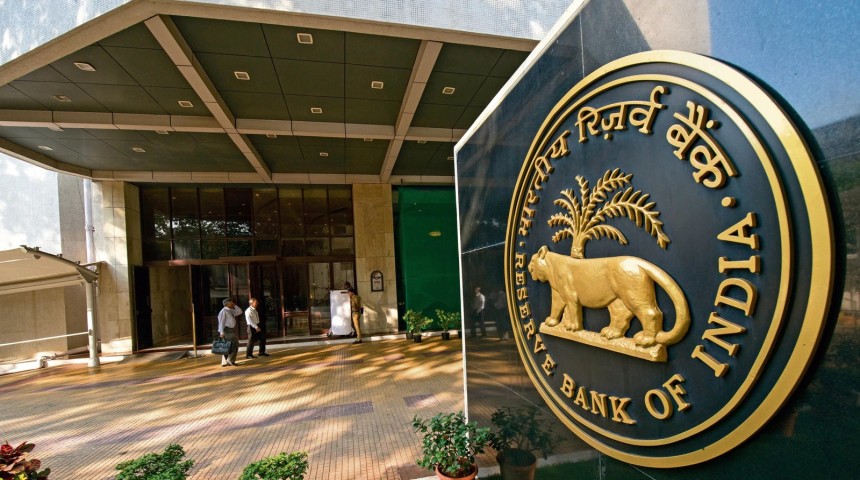Renewable energy in India : Insight
India is the world’s third-largest consumer of electricity and the third-largest renewable energy producer, with 40% of energy capacity installed in 2022 coming from renewable sources.
. In FY2023-24, India is planning to issue 50 GW tenders for wind, solar, and hybrid projects.
. India has committed to a goal of 500 GW renewable energy capacity by 2030.
. In 2016, India made a commitment to produce 50% of its total electricity from non-fossil fuel sources by 2030.
. In 2018, India’s Central Electricity Authority set a target of producing 50% of the total electricity from non-fossil fuels sources by 2030.
. India has also set a target of producing 175 GW by 2022 and 500 GW by 2030 from renewable energy.
According to a commentary by the International Energy Agency (IEA), renewable electricity is growing at a faster rate in India than any other major economy, with new capacity additions on track to double by 2026.
. The share of solar and wind in India’s energy mix has grown phenomenally, and owing to technological developments, steady policy support, and a vibrant private sector, solar power plants are cheaper to build than coal ones.
. The clean energy transition in India is already well underway, and the country has overachieved its commitment made at COP 21- Paris Summit by already meeting 40% of its power capacity from non-fossil fuels, almost nine years ahead of its commitment.
India’s renewable energy industry has been growing rapidly, with renewable energy capacity in India increasing by 250% between 2014 and 2021.
. The Central Electricity Authority estimates India’s power requirement to reach 817 GW by 2030, with most of the demand coming from the real estate and transport sectors.
. The non-conventional energy sector received FDI inflow of US$ 12.57 billion between April 2000-June 2022, and rising foreign investment in the renewable sector is expected to promote further investments in the country.
. The government has also allocated Rs. 19,500 crore (US$ 2.57 billion) for a PLI scheme to boost manufacturing of high-efficiency solar modules.
Renewable energy in India : Insight Read More »










